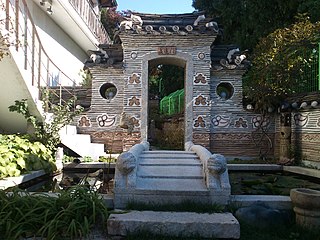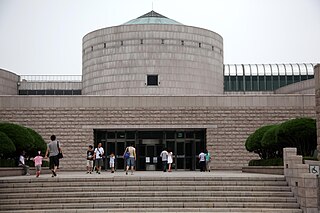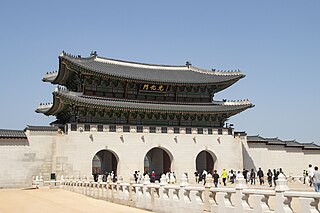Self-guided Sightseeing Tour #6 in Seoul, South Korea
Legend
Guided Free Walking Tours
Book free guided walking tours in Seoul.
Guided Sightseeing Tours
Book guided sightseeing tours and activities in Seoul.
Tour Facts
2.4 km
38 m
Experience Seoul in South Korea in a whole new way with our free self-guided sightseeing tour. This site not only offers you practical information and insider tips, but also a rich variety of activities and sights you shouldn't miss. Whether you love art and culture, want to explore historical sites or simply want to experience the vibrant atmosphere of a lively city - you'll find everything you need for your personal adventure here.
Activities in SeoulIndividual Sights in SeoulSight 1: Unhyeongung (Palace)
.jpg)
Unhyeongung (Korean: 운현궁), also known as Unhyeongung Royal Residence, is a former Korean royal residence located at 114-10 Unni-dong, Jongno-gu, Seoul, Korea. It was formerly the residence of the Heungseon Daewongun a prince regent of Korea during the Joseon period in the 19th century, and father of Emperor Gojong. Gojong himself also lived in this residence until age 12 when he assumed the throne. It is currently a museum and is open to the public free of charge.
Sight 2: Bukchon Art Museum
Bukchon Art Museum (Korean: 북촌미술관) is an art museum in Seoul, South Korea. It has 150 pieces of Korean modern art, 200 pieces of Chinese art, 2500 of old documents of Joseon dynasty in total of 2850.
Sight 3: Bukchon Hanok Village Information Center
Bukchon Hanok Village is a hanok village located in Gahoe-dong and Samcheong-dong, Jongno-gu, Seoul. Geographically, it is located between Gyeongbokgung Palace, Changdeokgung Palace, and Jongmyo Palace. Located between the two palaces of the Joseon Dynasty, this area has long been called 'Bukchon', meaning the upper town of Cheonggyecheon and Jongno, and corresponds to the current Gahoe-dong, Samcheong-dong, Wonseo-dong, Jae-dong, and Gye-dong areas. There are many historical sites, cultural assets, and folk materials, so it is sometimes called a museum in the city. There are many galleries lined up around Samcheong-dong-gil, which faces Gyeongbokgung Palace, and you can find various foods and unique cafes in places such as Hwadong-gil. In addition, traditional craftsmen and artists live in Wonseo-dong.
Sight 4: National Museum of Modern and Contemporary Art
The National Museum of Contemporary Art, Korea (MMCA) is a contemporary art museum with four branches in Gwacheon, Deoksugung, Seoul and Cheongju. The museum was first established in 1969 as the only national art museum in the country accommodating modern and contemporary art of Korea and international art of different time periods.
Wikipedia: National Museum of Modern and Contemporary Art (EN), Website
Sight 5: Gwanghwamun Gate
Gwanghwamun is the main and largest gate of Gyeongbok Palace, in Jongno District, Seoul, South Korea. It is located at a three-way intersection at the northern end of Sejongno. As a landmark and symbol of Seoul's long history as the capital city during the Joseon period, the gate has gone through multiple periods of destruction and disrepair. The most recent large-scale restoration work on the gate was finished and it was opened to the public on August 15, 2010.
Sight 6: Gyeongbokgung (Palace)
Gyeongbokgung, also known as Gyeongbokgung Palace, was the main royal palace of the Joseon dynasty. Built in 1395, it is located in northern Seoul, South Korea. The largest of the Five Grand Palaces built by the Joseon dynasty, Gyeongbokgung served as the home of the royal family and the seat of government.
Share
How likely are you to recommend us?
Disclaimer Please be aware of your surroundings and do not enter private property. We are not liable for any damages that occur during the tours.
GPX-Download For navigation apps and GPS devices you can download the tour as a GPX file.




.jpg)